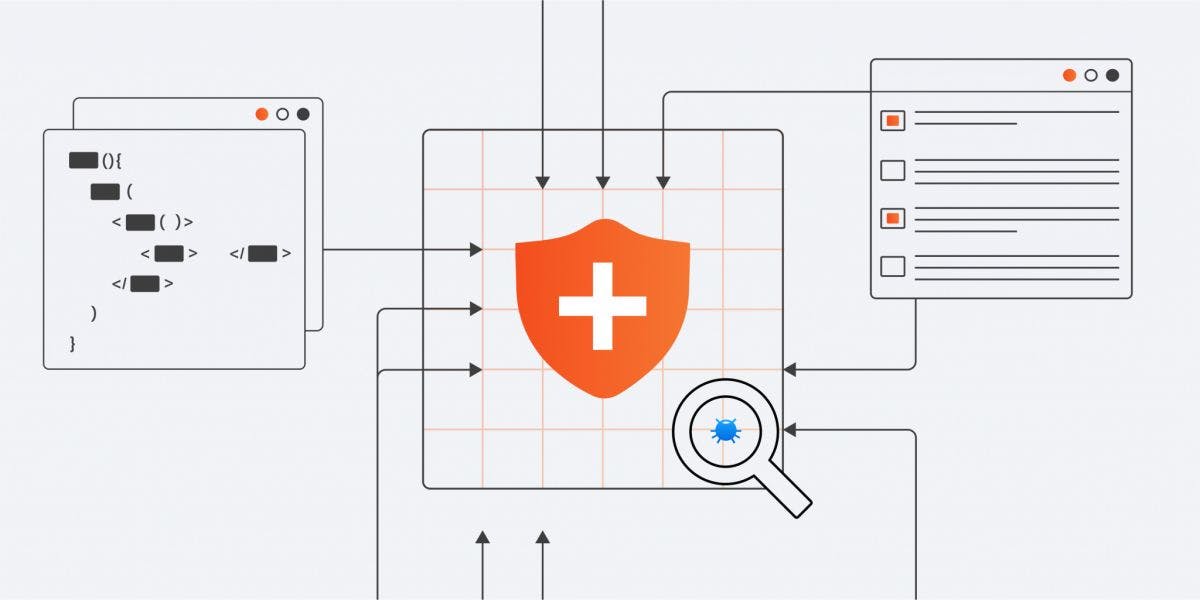Early testing is one of the seven software testing principles which implies that the testing process is started as early as possible.
How to prevent critical errors in a digital product and maintain your end users’ trust?
The answer is not that complicated: to involve in the product development all people who will be responsible for its quality in the future. Meaning, the QA team that is going to improve the quality of the product through various activities should get to the working process as soon as possible.
Clearly, it all depends on the project, software product, and methodology the whole team uses to develop it. But since most of the teams prefer Agile in their work, QA processes should take place far before the digital product is done.
Software product testing without executing the code is called static testing. Quality assurance teams, as well as other people in charge of the product’s future, should perform the static testing practices at the starting phase of the project.
What is checked during the static testing?
- Specifications: things like business requirements, functional requirements, and security requirements. If your team thoroughly examined the product requirements, has experience with similar projects, and possesses relevant expertise in the sphere, they will be able to detect the potential defects affecting the product functionality at the early stage. Specifications should be evaluated from the business, functionality, and security perspectives.
- Epics, stories, and finished product acceptance criteria. As the team has all the specifications tested, they can start validating the epics and stories that will be used as a base for future test cases. At this step, the QA team also defines the criteria the product has to meet before the release.
- Design. By having tested the specifications, epics, and stories, software testers have to compare them to the design mockups in order to find inaccuracies or contradictions.
- Code. If there’s a QA team member qualified enough to evaluate the code before the execution, they can review the codebase to spot potential bugs.
- Testing software, test artifacts, procedures, and automation scripts. Here, we can define and statically test all the materials and programs we’re going to use during the dynamic testing.
- User manual. Guided by the product requirements and functions, testing engineers can check guides and manuals designed to teach the users operating it.
- Planning documentation. Here, the QA team has to test contracts, project plans, schedule, and the estimated budget.
- Configuration and infrastructure setup. Knowing the product requirements, we can test different configurations and infrastructure settings that are necessary for the use of it.
All the above-listed activities are performed by different QA team members depending on their expertise, skills, and professional experience.
What are the benefits of static testing and early introduction of the team to the testing process?
- More effective bug and error spotting with an ability to fix them before dynamic testing (with code execution) starts;
- Detection of mistakes that are hard to notice during dynamic testing;
- Design and code defects prevention by defining inaccuracies, contradictions, mismatches, and redundant requirements;
- Increase in development productivity, for example, due to the design improvements or code optimization;
- Cost saving
- Cost reduction for dynamic testing;
- Communication process improvement in the team, as well as a better understanding of the product specifics through meetings;
Summing up
The biggest success of a software development team is the positive feedback from end-users who managed to solve some of their problems with your application.
To get such a result, right after the project initiation, the team has to think through all the activities helpful in making the digital product correspond to user expectations. To achieve that, your QA team has to check on every development stage, perform verification and validation, use all the advantages of static testing, execute all the necessary techniques of dynamic testing, and maintain effective communication during the project course.
The earlier we start testing the product and its development processes, the more polished it appears in front of the end-users. The fewer bugs users spot in the application, the higher is the trust for the company released it. And if the product functions as planned as corresponds to the user expectations ― that is the real success of the team and the whole company that worked on it.


